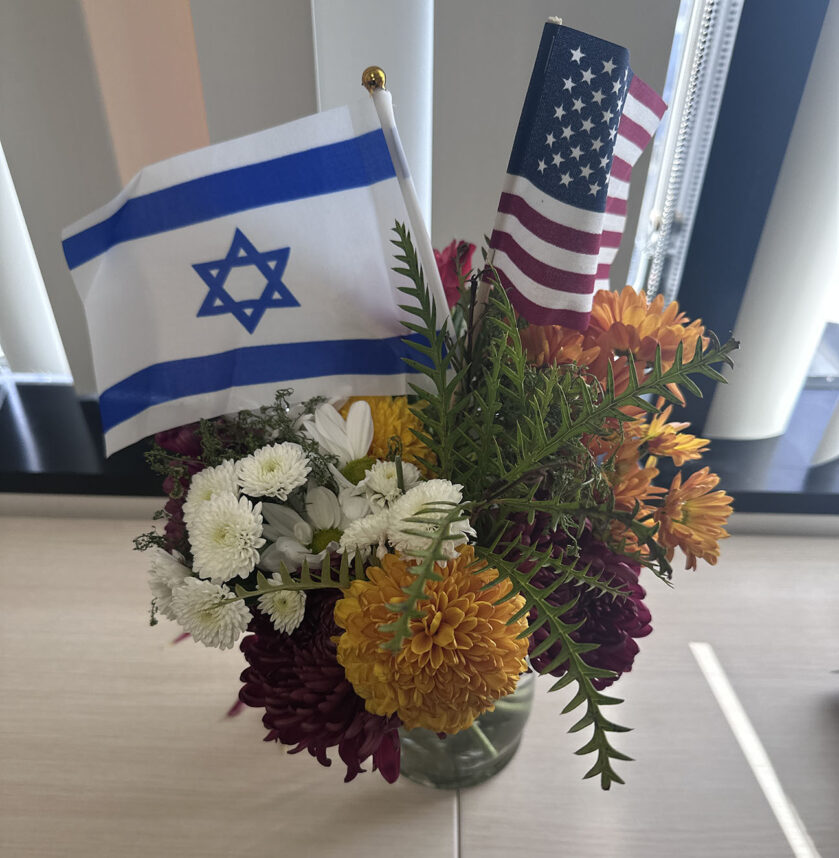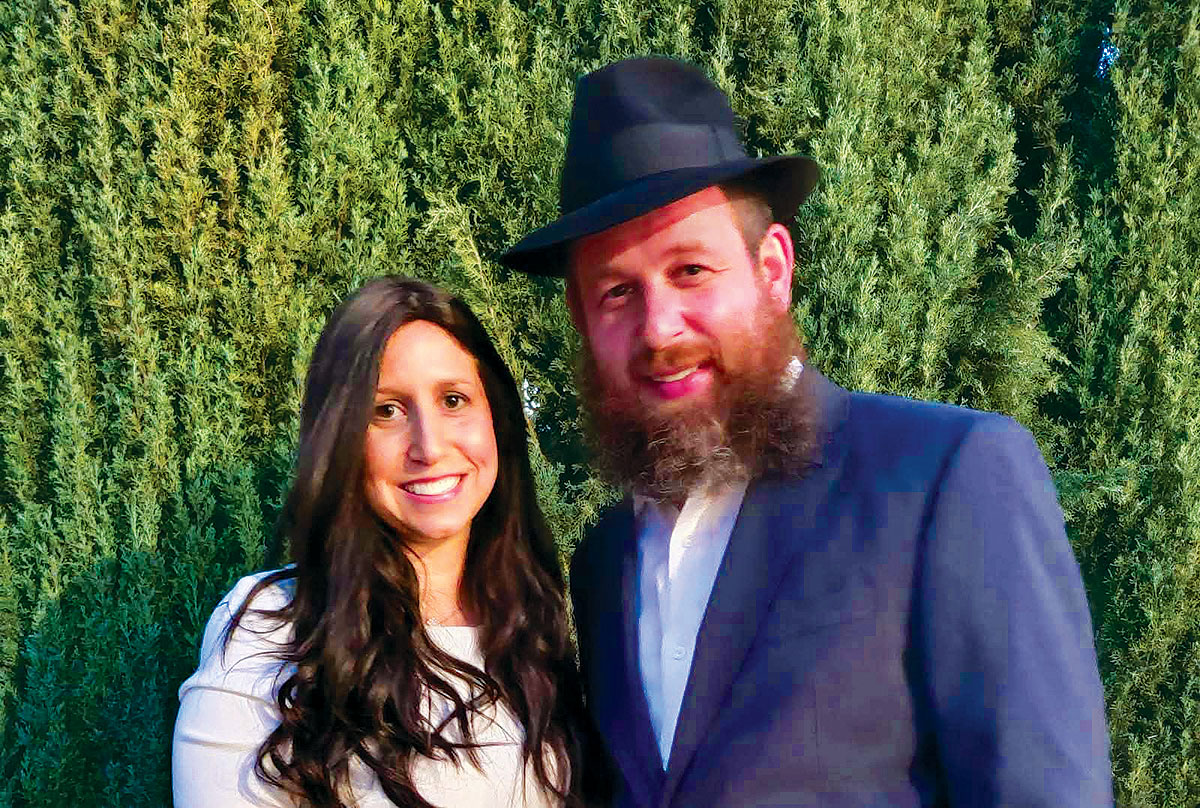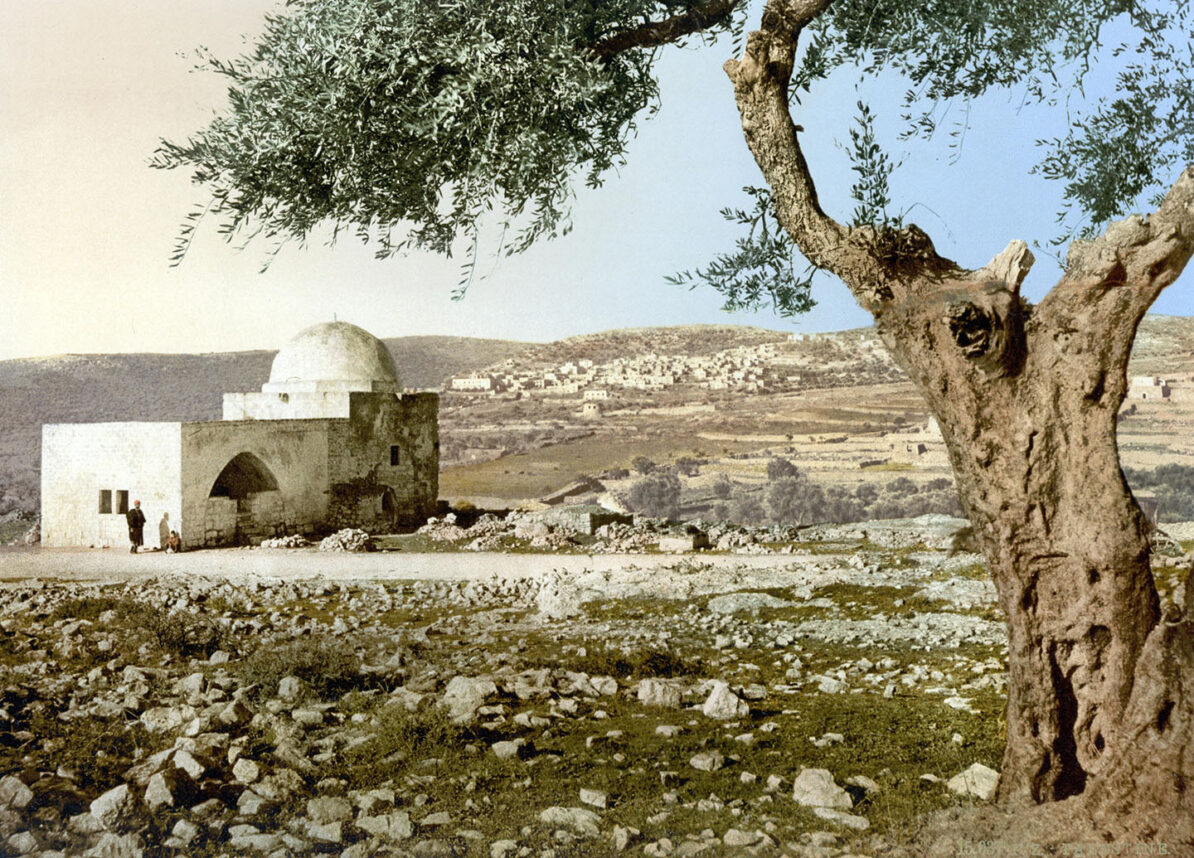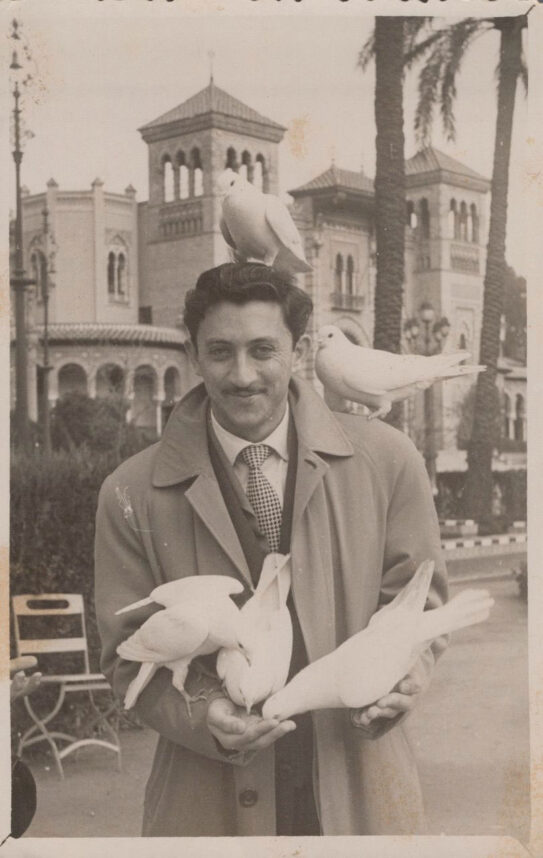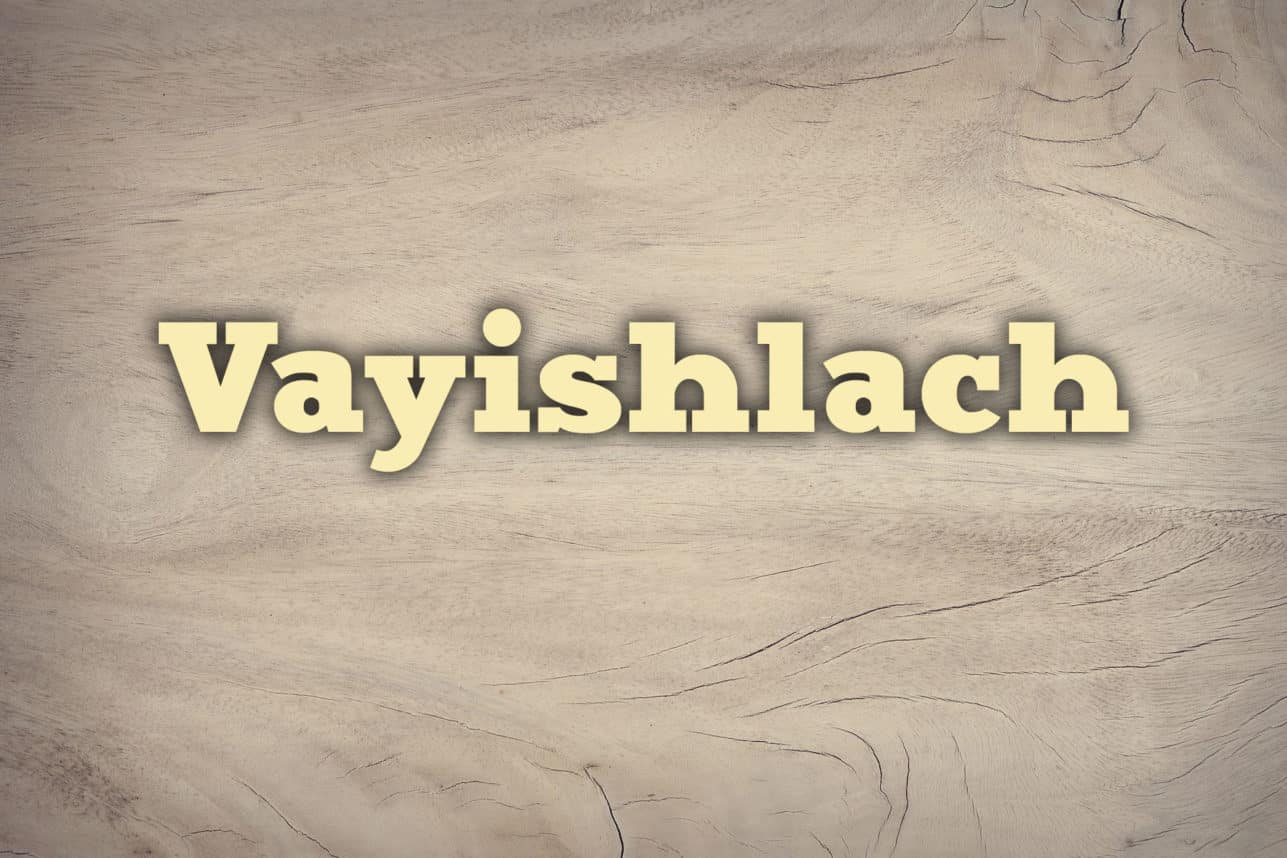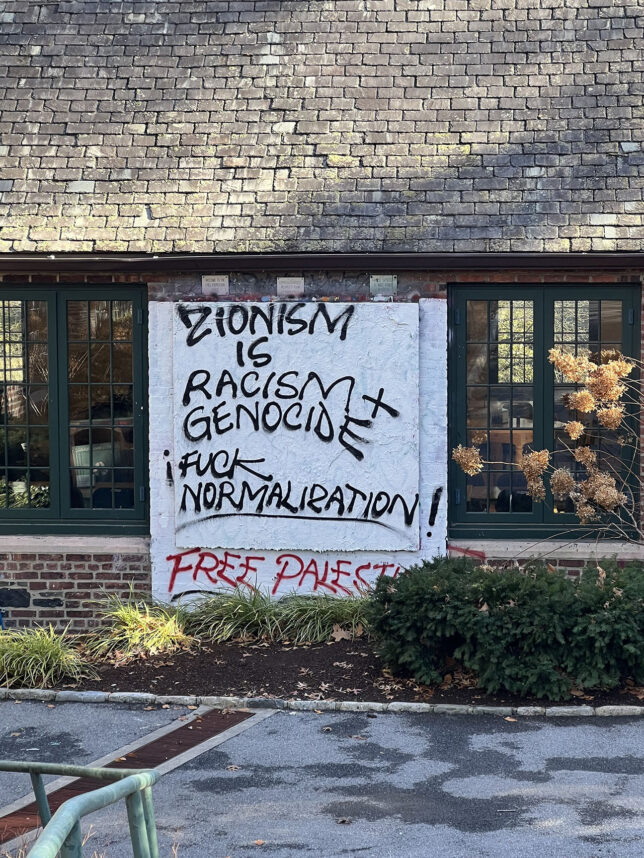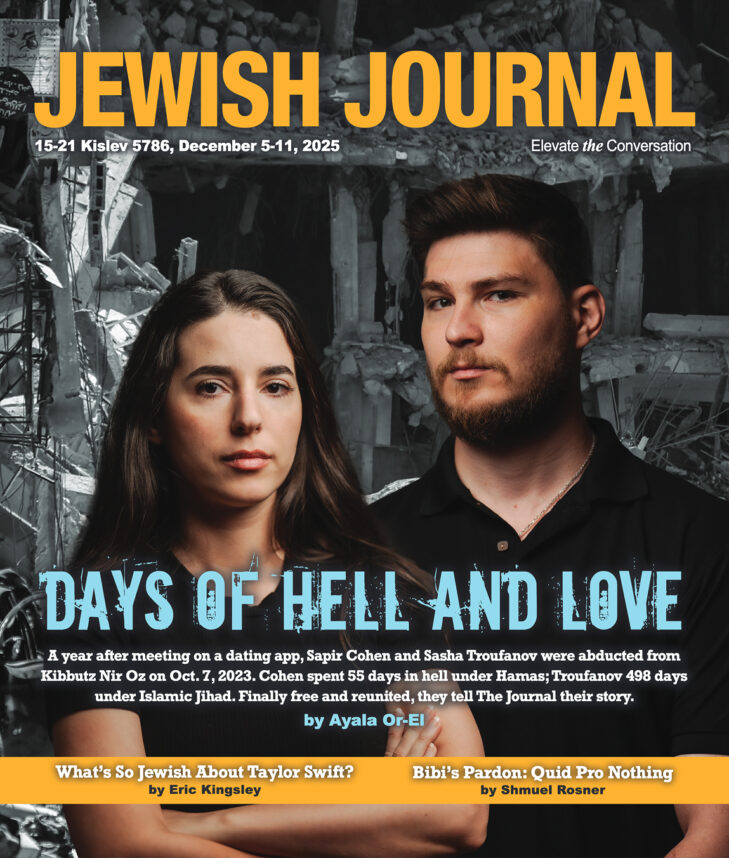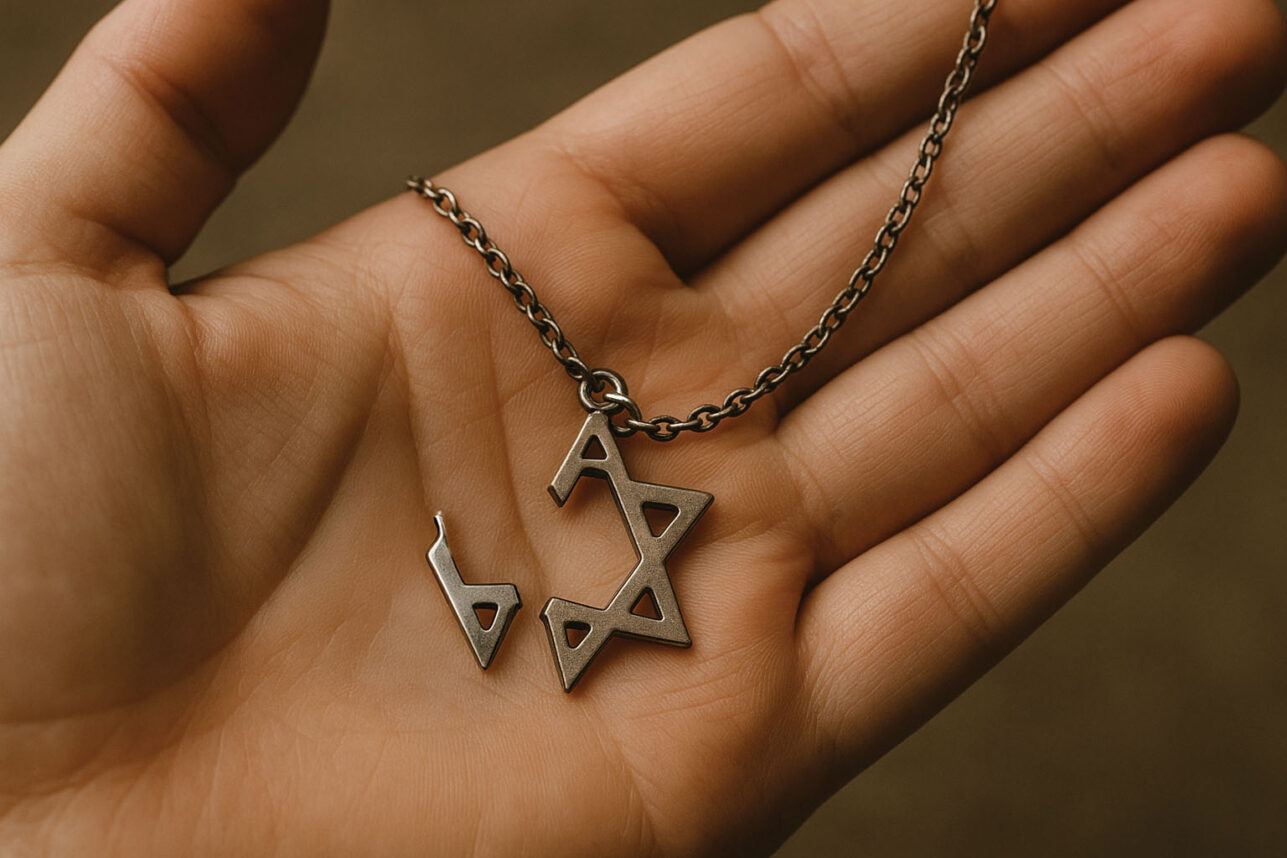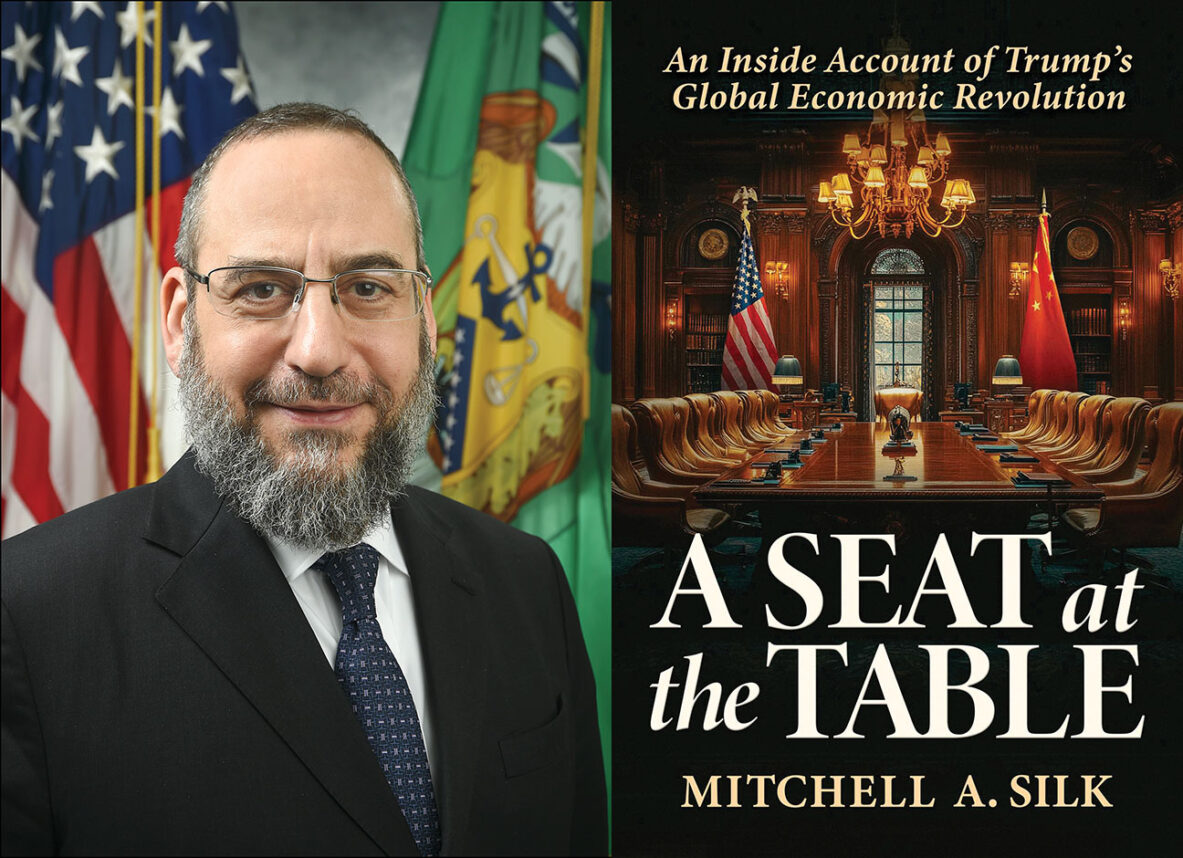Picture Queen Esther. Now, take those golden locks and replace them with thick black tresses, and instead of those big round baby blues, imagine almond shaped eyes the color of onyx. And that creamy white complexion? Try something a little tawnier, a little more olive.
Now you have a closer picture of what the real Esther probably looked like: A beautiful Persian Jewish woman, very likely the same lineage as the beautiful Persian Jewish women who today populate the Los Angeles Jewish community.
Iranian Jews seem to be more amused than offended by the storybook and mask depiction of the Nordic-looking Queen Esther. Persian Jews, after all, never harbored any misconceptions about who Esther was. Purim’s Persian venue makes the holiday and its prelude, the Fast of Esther, an integral part of the Iranian Jewish identity.
"Esther and Mordechai existed in the conscious and subconscious during the whole year," said Rabbi David Shofet of Nessah Israel Congregation and Education Center in Santa Monica. In the shrine- and pilgrimage-focused Middle East, Jews would often make the trek to pray at the tombs of Esther and Mordechai.
"It was the Jewish place to go and ask and pray and cry," Shofet said, "especially when it was difficult to go to Israel and the Kotel HaMaaravi," the Western Wall.
The tombs of Esther and Mordechai are in the city of Hamadan, the site of Megillat Esther’s Shushan, about halfway between Teheran and Baghdad.
According to traditional Jewish sources, the story of Purim took place in the mid-300s BCE, during the rule of the Persian-Median Empire and the Babylonian exile, after the destruction of the First Temple and before the building of the Second Temple.
King Ahasuerus succeeded Cyrus, the Persian king who allowed the Jews to begin rebuilding the Temple in Jerusalem that Nebuchadnezzar had destroyed. Ahasuerus and Esther are said to be the parents of Darius, another king who permitted Jews in Persia to return to Jerusalem, something Ahasuerus had prohibited.
But many Jews in the Babylonian exile chose to stay where they had already set down roots and built a community infrastructure that centuries later would produce the Babylonian Talmud.
Today’s Persian and Iraqi Jews trace their lineage back to those communities.
"It is amazing to continuously have communities in this land for 2,700 years. It’s amazing how they kept themselves Jewish and survived," especially in a region that has seen so much war and revolution, Rabbi Shofet said.
While many Jews left Iran after the 1979 revolution, about 25,000 to 30,000 Jews remain in the country — about the same number there are in Los Angeles.
So while the Purim story may seem removed and foreign to AshkenaziJews sitting and reading the Megillah, to Persian Jews the story is about family, and it hits much closer to home.
"I think it has more significant meaning to us," said Fariba Ramin, a businesswoman who is a member of Sephardic Temple Tifereth Israel in Westwood. "For those people who come from Europe and have been through the war, through Auschwitz, they probably feel it more than those of us that were away from it," she said. "It’s the same thing with Purim — we probably feel it more than the rest of the Jewish people."
Maybe that’s why Taanit Esther is so widely kept among Persian Jews, observant or not. In the Megillah, Esther proclaims three days of fasting and praying before she approaches Ahasuerus to reveal her identity and foil Haman’s decree to destroy all the Jews in the Persian empire.
Rabbi Shofet says he even remembers effigies of Haman being hung and burned in backyards, with kids poking at the dummy, though he says the practice is not widespread anymore.
Other Haman traditions remain. The custom of drowning out Haman’s name in a joyous cacophony is as strong among Persians as it is elsewhere in the Jewish community. Fariba Sameyach, a preschool teacher at Harkham Hillel Hebrew Academy, says her husband’s family wrote songs about Haman, and he still sings them every year.
In Iran, Purim itself was a festive night and day, fun especially for the kids. Traditional foods were exchanged, and children often received gifts and coins. The custom of giving coins is probably connected to Purim’s proximity to the Iranian New Year, celebrated on the spring equinox, much as western Chanukah has been influenced by the December holiday season.
Wearing costumes is not a Persian custom, but emissaries and educators who arrived in Iran from Israel brought the notion, and Persian children in America today do enjoy dressing up.
Ellie Salemnia, a Realtor who is also a member of Sephardic Temple Tifereth Israel, said while the Persian customs remain central to her family’s celebrations, she always encouraged her children, now 19 and 24, to partake of the American customs.
"We have our own cultural things, and we are getting good things from the American Jewish culture," she said. "The combination is very good for the kids; it gives them a very rich background."
Mishloach manot (a gift of food sent to friends) generally does not come with big puffs of cellophane in the Persian community, but takes the form of a plate of halvah — not the crumbly sesame candy found in the store, but a homemade delicacy that is sweet, perfumy, and, above all other traditions, the strongest association Persians seem to have with Purim.
Wherever Persian Jews go on Purim, there are mounds of halvah that everyone has brought to share with everyone else.
Halvah (see recipes) is made of browned rice, wheat or almond flour and mixed with rose water and any combination of sugar, oil, cardamom, saffron or other spices. It is about half an inch thick, the color of amber and the consistency of cookie dough, and is usually cut into diamond shapes. Spices and ingredients vary by region and family, with some people adding dates or chopped pistachios.
Like much of Persian cooking, says Salemnia, the halvah exchange is competitive and joyful.
"I talk with Persian ladies and say I’m doing this spice, I use these ingredients. It’s part of a competition, but it’s also part of connecting and talking with each other," Salemnia said.
No one I spoke with was able to say why halvah became Purim’s food. It is also eaten by the Muslim Persians, primarily on the nights of Ramadan, when they’ve been fasting all day.
Rabbi Shofet joked that on Purim, "we had so much halvah we couldn’t have a seudah," the festive meal on Purim day. But, he says, even those who did hold a seudah did not get drunk, as is the widespread custom among other Jewish communities.
There is special significance in giving halvah to someone who is in the first year of mourning, "to make them enjoy life again and have a sweet mouth for next year," Ramin said.
Mourners also traditionally do not go to synagogue, and so the reading of the Megillah is done among family and friends in the mourner’s home.
Shofet recalled a similar custom — not so widely practiced now — for newly engaged couples. The groom, if he is learned enough, reads the entire Megillah for the friends and family of the bride in her home.
The tradition of giving charity to the poor, matanot la’evyonim, is central to the Persian celebration of Purim.
Of course, when it comes down to it, Purim actually has a message that is universal to all Jews, no matter where their ancestors happened to land centuries ago in the dispersion.
"It’s kind of a turning point and an alarming point in the year," Shofet said.
Because wherever you are in the world on Purim, whatever your customs, Pesach is just four weeks — four weeks! — away.








